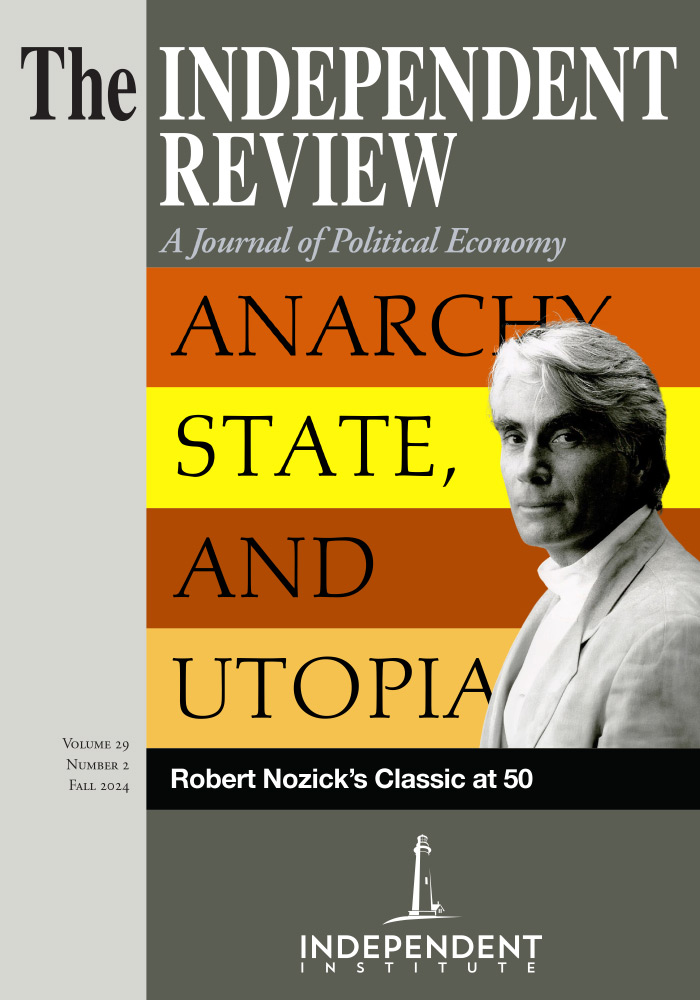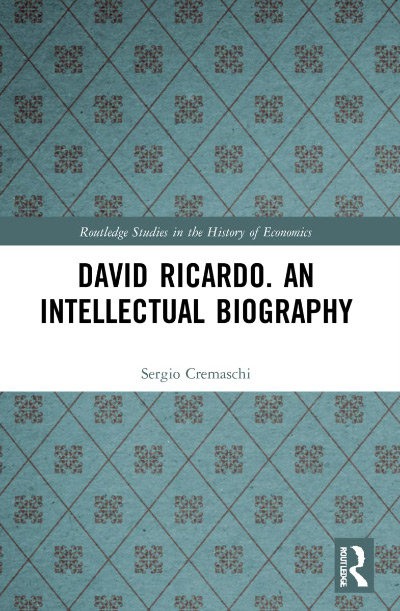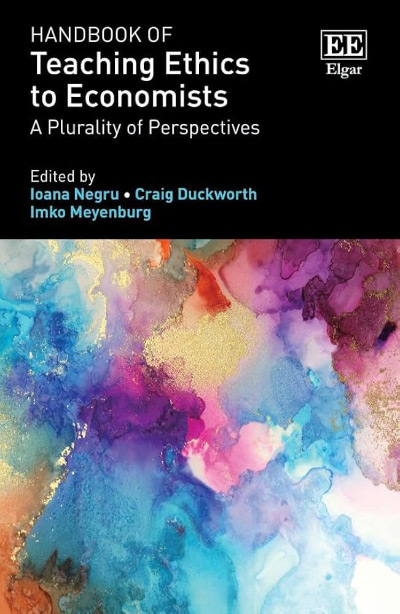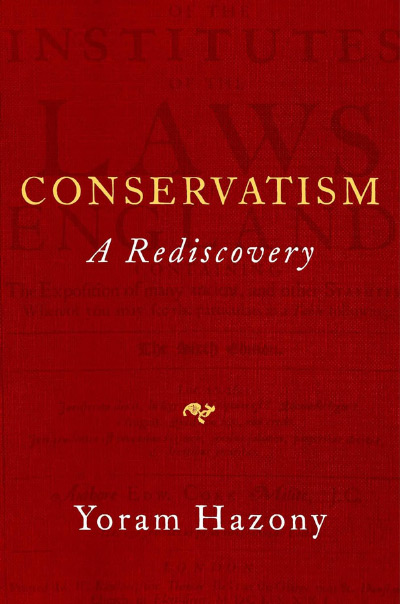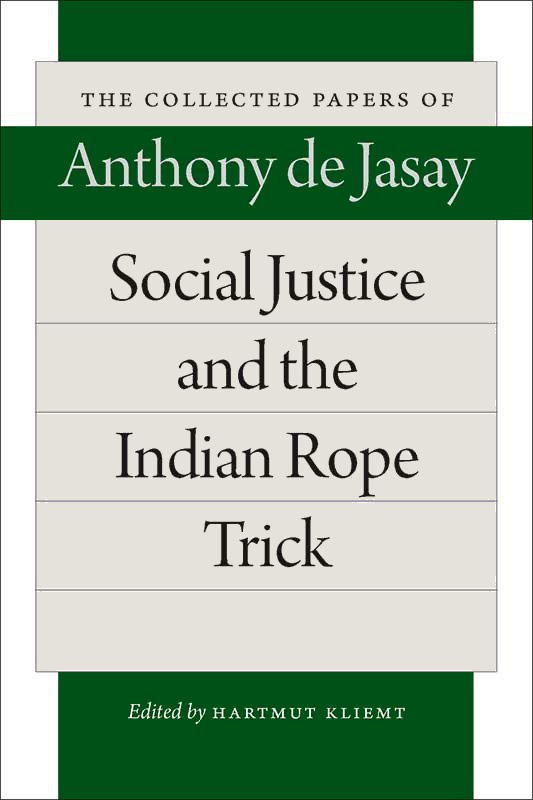Sergio Cremaschi in the first paragraph tells us what his book promises:
This book is a contextual reconstruction of an economist’s intellectual biography. The purpose is to look where others did not, due to such factors as inapt modernisation, proneness to accept received views, constraints created by boundaries between disciplines and historiographic mythology. (xi)
Cremaschi varies a famous metaphor to give the reader his point of view:
We are people of average stature standing precariously on the shoulders of giants. Dangerous though it may be for both our stability and the giants’ backbones, coming after Schumpeter, Sraffa and Hollander gives us a broader perceptive than any giant or person of above-average height could ever imagine. (xi)
He tells us what this vantage will avoid: “It will certainly help to avoid mythological reconstructions such as Halevy’s Benthamite Ricardo, Stigler’s unphilosophical Ricardo and Hutchison’s Millian Ricardo” (xii).
It will come as no surprise that Mark Blaug is mentioned only in passing and Paul Samuelson not at all. The context Stigler, Blaug, and Samuelson explored—the economic theory Ricardo inherited—gets little attention. Thus, the dramatic result that J. R. McCulloch hailed in his review of Principles (“Ricardo’s Political Economy,” Edinburgh Review 30, 59–87), that an economy-wide rise in wages will not increase prices in general since the wages in gold production will also increase, gets no attention.
I should attempt to match Cremaschi’s candor. I believe that modern economics has had two founding moments. Adam Smith presupposed a world of illusion, e.g., a belief the division of labor is most extensive in a small shop. It is anchored in approval, not truth (Arthur N. Prior, Logic and the Basis of Ethics, Oxford: Clarendon Press, 1949, 67). For reasons we shall explore, David Ricardo presupposed a world of clarity. Smith’s world has been the subject of careful scholarship after the Glasgow edition drastically reduced the cost of serious textual work. Despite Piero Sraffa’s great edition, however, recent scholarship seems to have paid less attention to Ricardo. Perhaps this is because Ricardo’s name has not figured in ideological debates the way Smith’s has (Glory M. Liu, Adam Smith’s America: How a Scottish Philosopher Became an Icon of American Capitalism, Princeton University Press, 2023) or because of the sharp questioning of the sort of economics Ricardo pioneered. In this context I welcome the publication of David Ricardo: An Intellectual Biography. Here we find an unexplored context for Ricardo’s great contributions.
There are seven chapters: 1) Ricardo’s Sepharad, 2) with the Quakers, 3) with the Unitarians, 4) with the geologists, 5) with the philosophers and political economist, 6) on logic and political economy, and 7) on ethics and political economy—and an appendix with contemporary obituaries. Limited partially by space and more by my competence, I will consider what Cremaschi tells us he learned from the geologists to help explain an important confusion in his exchange with Robert Malthus. (I found one important episode missing, Ricardo’s involvement with the publication of Francis Place’s 1822 Illustrations and Proofs of the Principle of Population. The movement this book launched would culminate in the Lambeth conference of 1930 that authorized contraception for married persons in the Anglican communion.)
Definitions. Cremaschi reports that a great contribution of the Geological Society was the emphasis on explicit definitions (his emphasis) (57). The emphasis is supported by the claim that explicit definitions will avoid controversy by inducing clarity. That claim is, of course, testable. We start with Ricardo’s clear definition in Principles:
The natural price of labour is that price which is necessary to enable the labourers, one with another, to subsist and to perpetuate their race, without either increase or diminution. (David Ricardo, The Works and Correspondence of David Ricardo, edited by Piero Sraffa and M. H. Dobb, Cambridge: Cambridge University Press, 1966, vol. 1, 93)
Then comes Malthus’ objection to the definition:
Mr. Ricardo has defined the natural price of labour...This price I should really be disposed to call a most unnatural price; because in a natural state of things, that is, without great impediments to the progress of wealth and population, such a price could not generally occur for hundreds of years. (Ricardo 1966, vol. 2, 257)
To which Ricardo replies:
By the natural price I do not mean the usual price, but such a price as is necessary to supply constantly a given demand. (Ricardo 1962, vol. 2, 257)
What is going on? Was not an explicit definition supposed to avoid controversy?
Here I think the texts Cremaschi has gathered are critical. Everyone he cites remarks that Ricardo did not have a “classical” education. I believe that tells us he was not initiated into contemporary modal logic in which “natural” had been well defined by Aristotle and the commentators as the case of “contingent,” one that usually occurs. The case of contingent itself is strictly between the cases of necessary and impossible (David M. Levy and Sandra J. Peart, “Adam Smith and the State: Language and Reform,” Oxford Handbook on Adam Smith, edited by Chris Berry, Craig Smith, and Maria Paganelli, Oxford: Oxford University Press, 2013). The concept is critical for Smith—it is “natural liberty” not “necessary liberty”—and explains why Malthus would read “natural” as “usual.” It also explains why Ricardo would be flummoxed. It is fair to say that even commentators who reported the texts have missed why there would be disagreement about such a clear definition (e.g., David M. Levy, “Ricardo and the Iron Law: A Correction of the Record,” History of Political Economy 8 (summer 1976): 235–51).
Francis Place. The Sraffa edition contains an extensive correspondence about Francis Place’s Illustrations and Proofs of the Principle of Population (Ricardo 1966, vol. 9, 47–63). Mill wrote Ricardo about the manuscript before Place sent it to Ricardo. Ricardo read it carefully enough to correct the mathematics and question whether Place was being fair to William Godwin’s and Robert Owens’s system of equality. Ricardo gave an enthusiastic recommendation to the publisher and even recommended it to the attention of Malthus himself. Perhaps Ricardo’s endorsement of Place’s explicit defense of contraception explains why Malthus told Harriet Martineau that her statement of his views did not embarrass him (Harriet Martineau, Autobiography, edited by Maria Weston Chapman, London: Smith, Elder, vol. 1, 327). Artificial contraception would not be authorized by any Christian confession for a century.
When the attack on political economy came in the 1830s in Fraser’s “Gallery of Literary Characters,” the explicit targets were Martineau, Godwin, and Place (Daniel Maclise and William Maginn, “A Gallery of Illustrious Literary Characters [1830–1838],” edited by William Bates, London: Chatto and Windus, 1873). Place is characterized therein as “the future Moses of the Preventive Check—a philosophical decalogue well worthy to supersede the first, which it so boldly contradicts, particularly in the absurd article about murder.” It gives his address as “The Mount Sinai of the new lawgiver” (1873, p. 178). Even Walter Houghton was puzzled by the seeming antisemitism (“Fraser’s Magazine: Introduction,” in The Wellesley Index to Victorian Periodicals, edited by Walter E. Houghton, Toronto: University of Toronto Press, 1972, 303–319) since Place was not Jewish. But perhaps the pseudonym “Gamaliel Smith” masking the Bentham-Place Not Paul But Jesus (London: John Hunt, 1823; Graham Wallas, The Life of Francis Place, London: Longmans, Green, 1898, 84) was penetrated and with it the moral challenge to Christian doctrine. Of course, Gamaliel was the Rabbi with whom Saul himself studied.
I close by congratulating Professor Cremaschi for a wonderful book that will guide future research on the previously neglected context of David Ricardo’s work.
| Other Independent Review articles by David M. Levy | |
| Fall 2023 | Harriet Martineau: Economist as Storyteller and Traveler |

